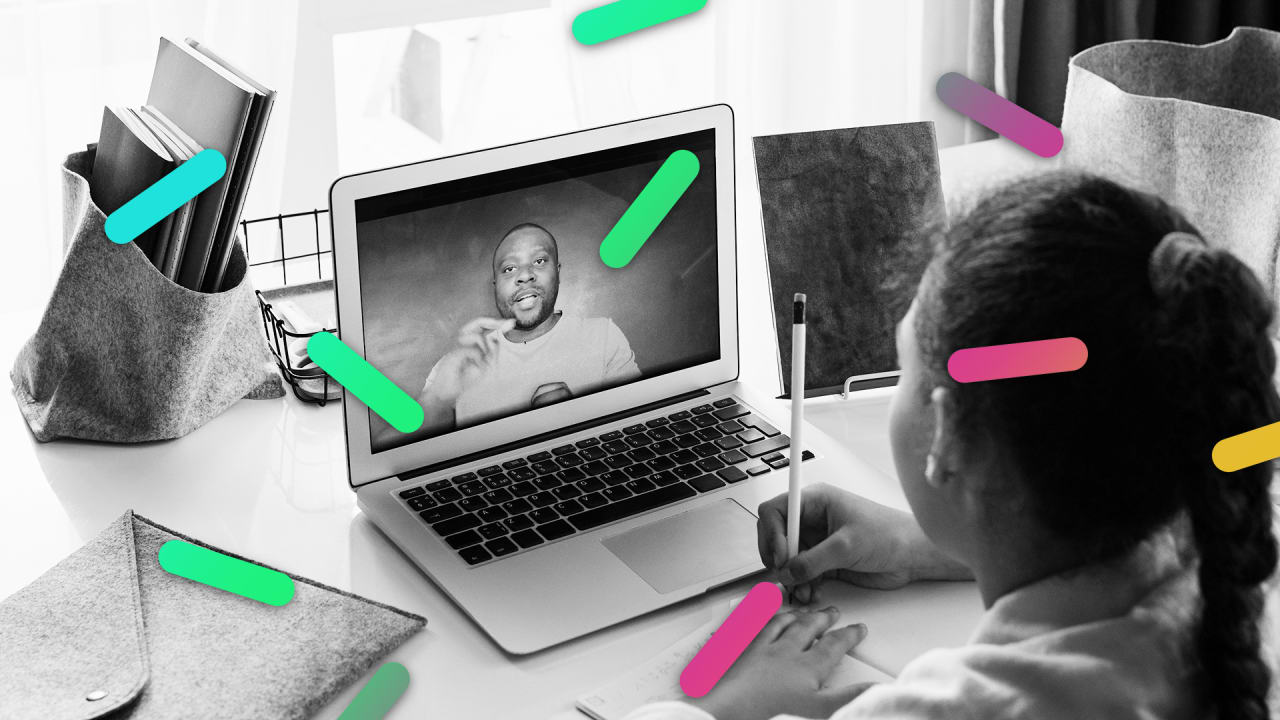Teaching to the middle has historically been the approach taken by many schools nationwide, where a one-size-fits-all model is the norm and students must figure out how to fit in or fail. When COVID-19 hit and schools quickly pivoted to distance learning, challenges and disparities—many already present but ignored—were revealed for teachers, parents, and students. Yet, as the pandemic raged on, some students actually thrived in this at-home learning environment. Who are these students, and why are they flourishing? What can we learn from them? One lesson is that many students experience stress due to daily instances of racism. This occurs especially when they do not feel a strong sense of belonging in their school setting, which research shows can lead to reduced academic confidence and performance. Taking classes online eased some of the pressure that students, including Black, immigrant and indigenous kids, felt to assimilate in classrooms and schools. Distance learning has also benefited students who may struggle with anxiety, are uncomfortable with social interactions, have learning differences, or are bullied in school. Presenting material in various formats remotely can allow more students to access information they need to fully participate in class, and the flexibility to learn on their own can give students with unique interests time to explore their passions in the arts, writing and other endeavors, while empowering them to choose how to best schedule their work. Two key principles of learning highlighted in The End of Average by Todd Rose, former Harvard professor and cofounder of the Populace think tank, are at the core of what’s happening. First, the concept of variability, which states that every learner varies across many dimensions—executive function, emotional regulation, primary language, and mental health among them. Nobody is average across every dimension, and these differences impact how we learn best. The Learner Variability Project at Digital Promise has mapped these dimensions of variability so that educators, school system leaders and product developers can understand and design for them. The second principle is that context impacts learning—how a learner learns best can change based on what the subject is. For example, a child who practices hard to get better at soccer or music has a growth mindset, but that same child can have a fixed mindset when it comes to math, not believing there is any point to trying to improve through hard work. It’s the same child with the same abilities, but changing the context alters how that child thinks and learns. As students and teachers return to school buildings, they need not boomerang back to the traditional, one-size-fits-all environment, where everyone is expected to learn the same content, the same way, at the same time, in the same context. Instead, they should strive to better understand the “why” behind a student’s behavior , and to design practice and contexts around each learner’s variability, whether in school or online

Link:
As schools reopen, some are keeping all-virtual options